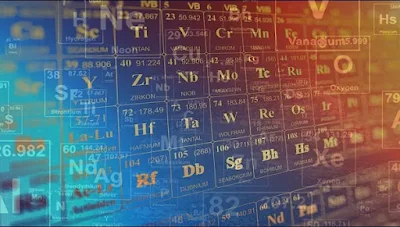Doppler Effect
The Doppler Effect is a fascinating and important concept in physics that has various applications in underwater measurement, including calculating the depth of the sea and the distance to reflecting walls. Here’s a detailed introduction to the Doppler Effect and its relevance to these measurements:
Understanding the Doppler Effect: A Key to Measuring Sea Depth and Reflecting Walls
The Doppler Effect is a fundamental principle in physics that describes the change in frequency or wavelength of a wave in relation to an observer who is moving relative to the wave source. Named after the Austrian physicist Christian Doppler, who first proposed it in 1842, this phenomenon is evident in many everyday experiences, from the changing pitch of a passing siren to the redshift observed in distant galaxies.
In the context of underwater measurement, the Doppler Effect plays a crucial role in determining the depth of the sea and the distance to reflecting walls. By understanding how this effect works, we can harness its principles to gain valuable insights into the underwater environment. Here’s a closer look at the Doppler Effect and how it is applied in these measurements:
What is the Doppler Effect?
The Doppler Effect occurs when there is relative motion between a wave source and an observer. If the source of the waves is moving towards the observer, the waves are compressed, resulting in a higher frequency and a shorter wavelength. Conversely, if the source is moving away from the observer, the waves are stretched, leading to a lower frequency and a longer wavelength. This change in frequency affects how we perceive sound, light, and other types of waves.
How the Doppler Effect Applies to Underwater Measurement
In underwater environments, sound waves are used to explore and measure the sea’s depths and underwater structures. Here’s how the Doppler Effect is utilized in these contexts:
Echo Sounding and Sonar Systems:
- Principle: In sonar systems, sound waves are emitted from a transducer and travel through the water until they encounter a surface, such as the seabed or a reflecting wall. The sound waves bounce back to the transducer, and the time delay between emission and reception is used to calculate the distance to the reflecting surface.
- Doppler Shift: If the reflecting wall or object is moving, the frequency of the returned sound waves will differ from the emitted sound waves due to the Doppler Effect. By analyzing this frequency shift, we can determine the relative velocity of the reflecting surface and adjust the measurements for more accurate depth calculations.
Doppler Velocity Logs (DVLs):
- Principle: DVLs use the Doppler Effect to measure the velocity of an underwater vehicle or probe relative to the seafloor or other underwater features. By emitting sound waves and analyzing the frequency shift of the echoes, DVLs provide precise velocity measurements which are essential for navigational tasks and detailed mapping of underwater terrains.
- Applications: DVLs are used in conjunction with other measurement techniques to refine depth calculations, assess seafloor topography, and support underwater exploration missions.
Practical Applications and Benefits
Understanding and applying the Doppler Effect enhances our ability to accurately measure underwater distances and depths, which is crucial for various fields, including:
- Marine Research: Studying underwater ecosystems and monitoring marine life.
- Navigation: Ensuring the safe passage of submarines, underwater vehicles, and ships.
- Engineering: Designing and constructing underwater structures, such as oil rigs and bridges.
- Environmental Monitoring: Assessing changes in underwater environments due to natural or anthropogenic factors.
Conclusion
The Doppler Effect is more than just a theoretical concept; it is a practical tool used in a range of underwater measurement applications. By exploiting the relationship between wave frequency and relative motion, scientists and engineers can achieve accurate and reliable measurements of sea depth and the distance to reflecting walls. As technology continues to advance, the Doppler Effect will remain a vital component of underwater exploration and measurement techniques, helping us to unlock the secrets of the deep and expand our understanding of the oceanic world.







%20post.webp)

